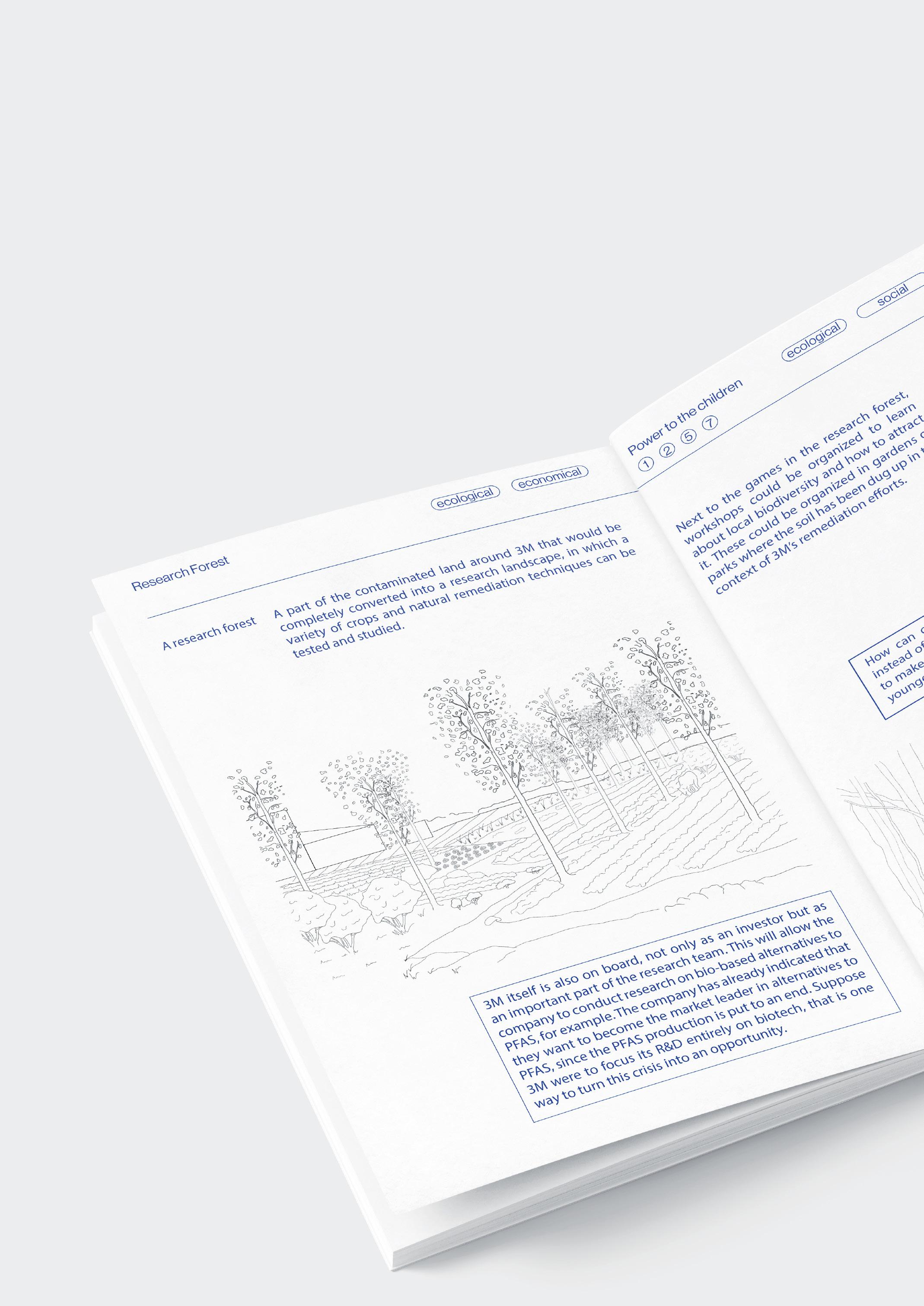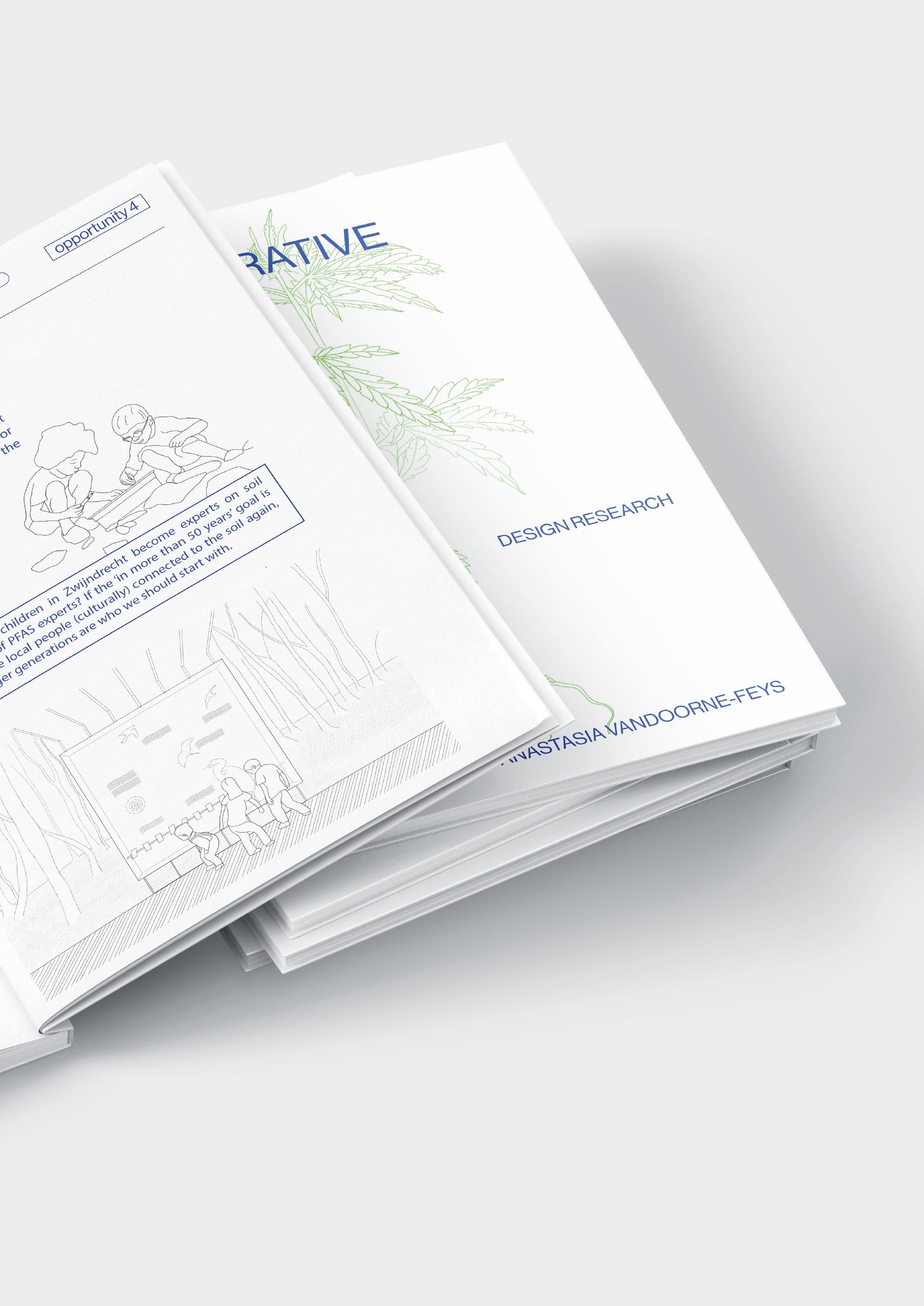About me
My name is Anastasia Vandoorne-Feys, a master student in product development at the University of Antwerp. Intrigued by the challenges we as a society are face with today, I’m driven to find out how we can adress them, through design.
Languages. Dutch – native
Soft skills. Work ethic. Communication.
Design skills. Adobe
Indesign
Illustrator
Photoshop
Prototyping
English – fluent (C1)
Open minded. Leadership.
Rendering
Visualize
Programming
Arduino
French – intermediate
Critical thinker.
Strategic design
Systemic design
3D modelling
Solidworks
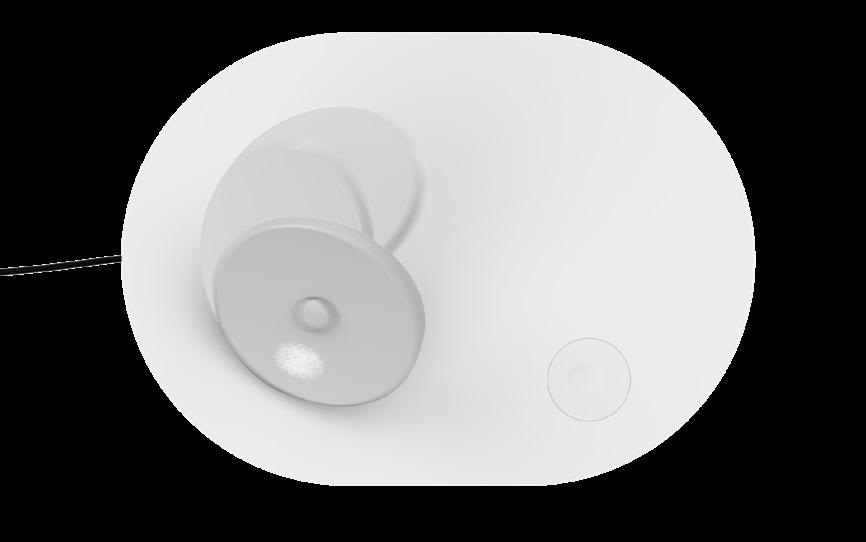
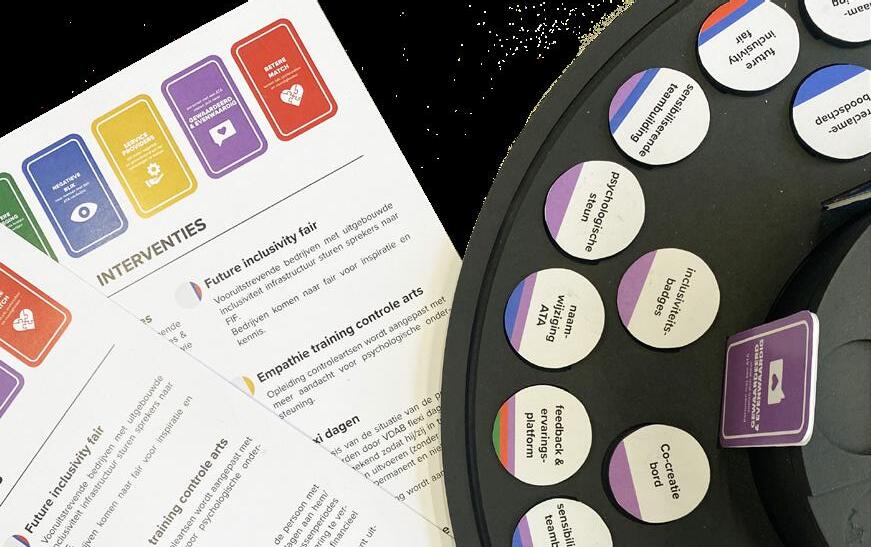
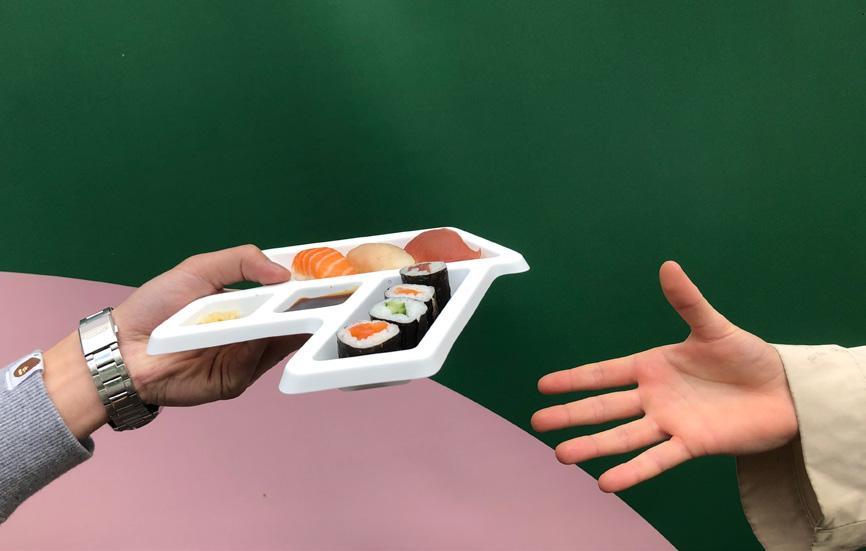
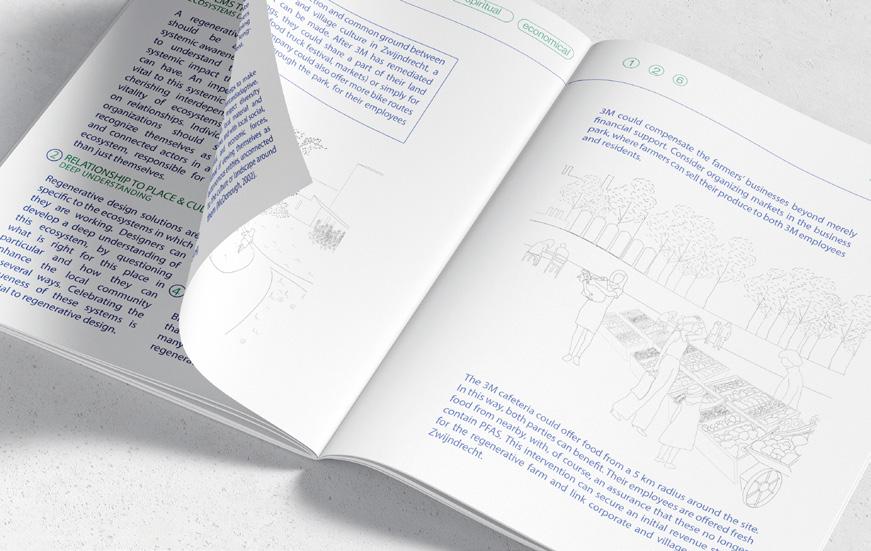
interaction design
group project with Léa Syenave and Floor Goddeeris
2022
This project focuses on shape changing displays. An interaction scenario was translated into a tangible display with integrated on-screen projection. Through the design of a working prototype, the boundaries between the physical and digital were explored. The main goal was to create engaging and rich interactions.
target group
Elderly people, a group that’s more likely to experience loss, and consequently mourning; coping with this loss.
exploration
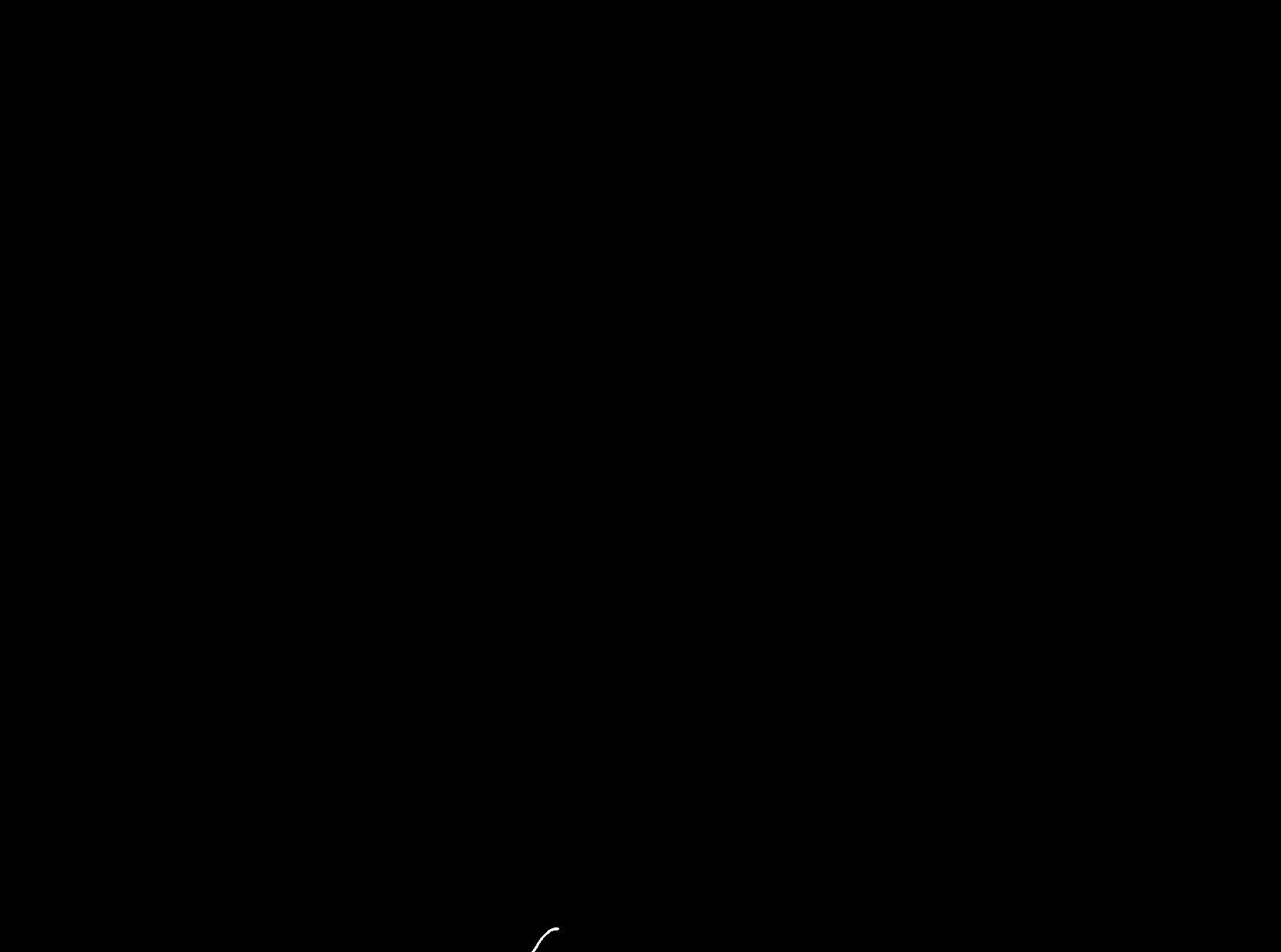
‘Mio’ gives the opportunity to consciously deal with loss. When using the product, the grieving person can request a moment with a loved one. Grieving is a very personal process, which Mio tries to guide in a meaningfull way.
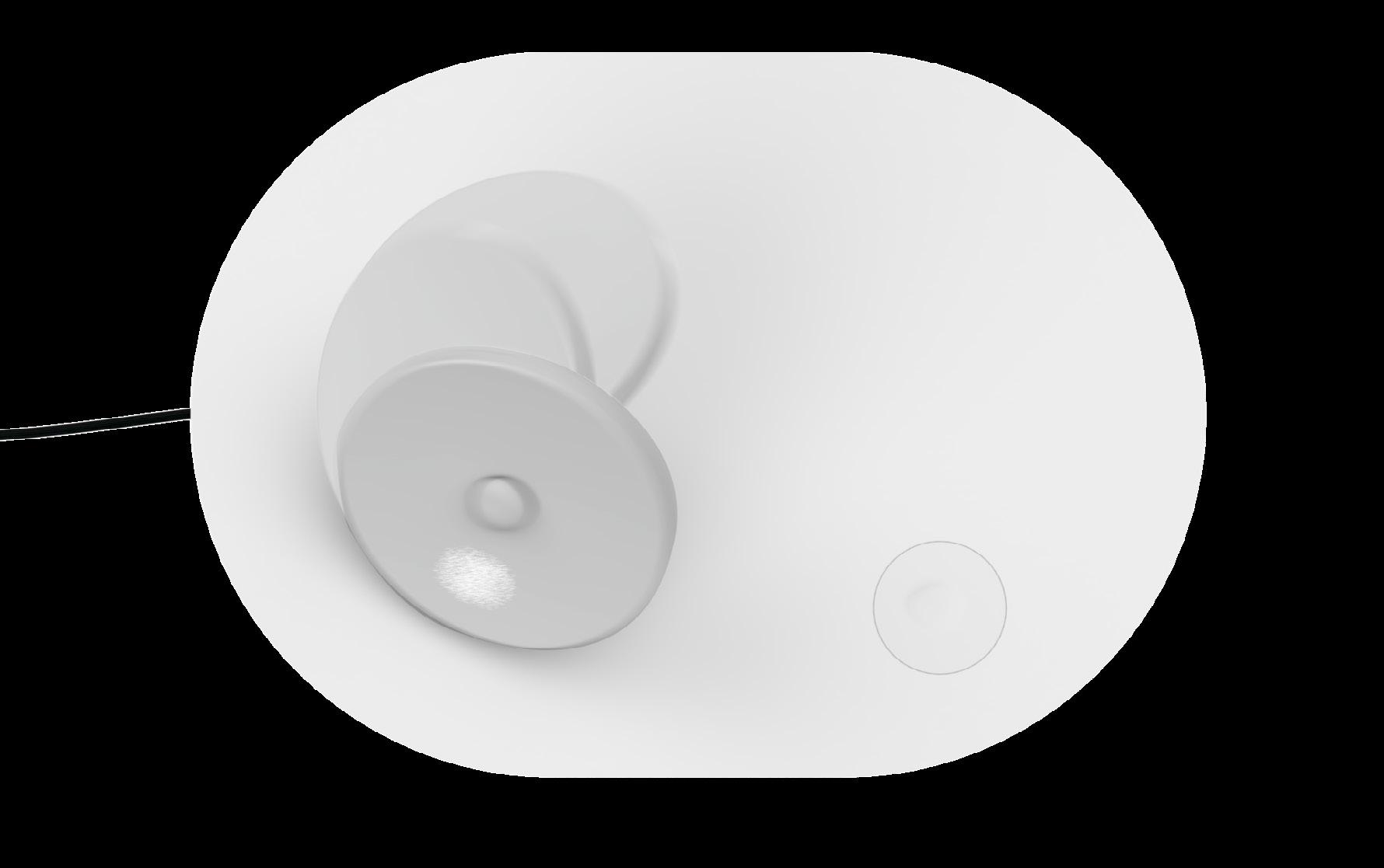
For the projection, we looked at a number of different possibilities but finally went for a sand effect. We felt this fluid motion best suited the rotational movement and the context of our product.
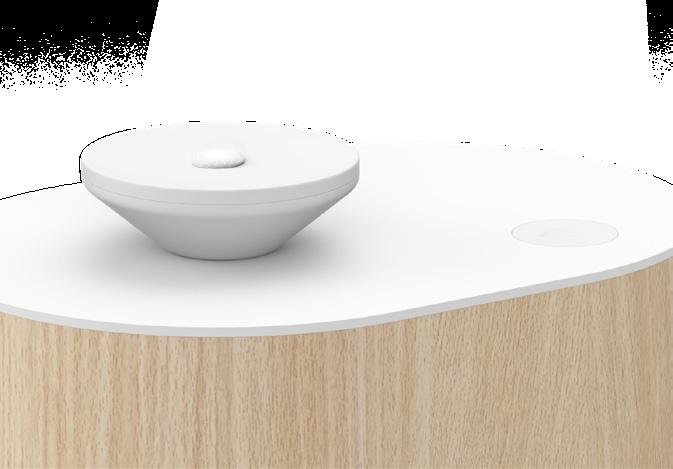
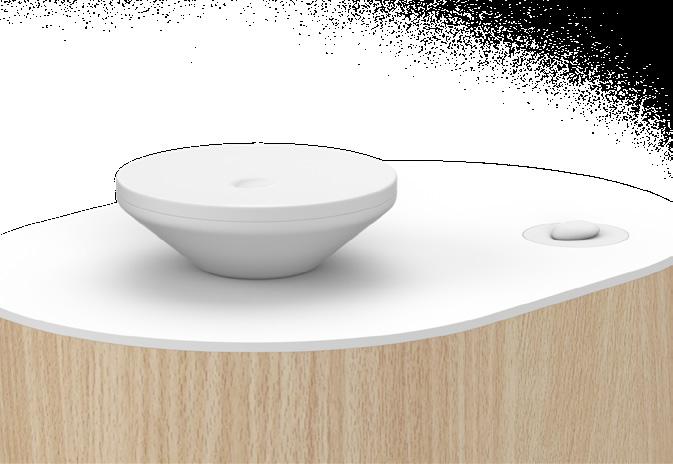
how it works
The pebble is moved, by the user, from the holder into the cavity of the toll. By tilting Mio sideways, the user can activate the product. The toll rotates while it’s playing a song, that the user has previously related to a loved one. After the song ends, the toll will tilt back into its initial position.
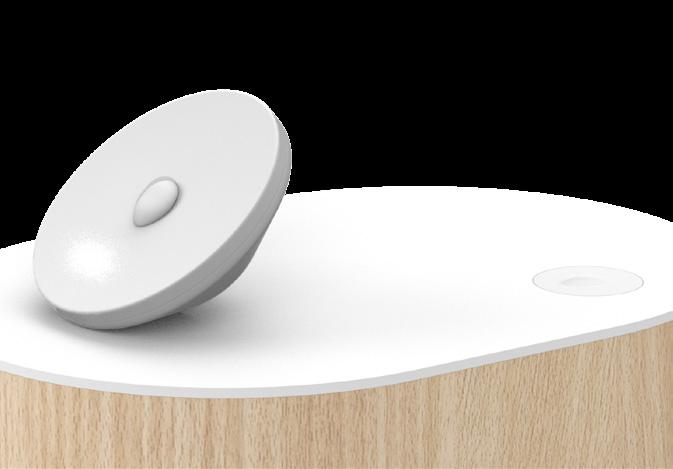
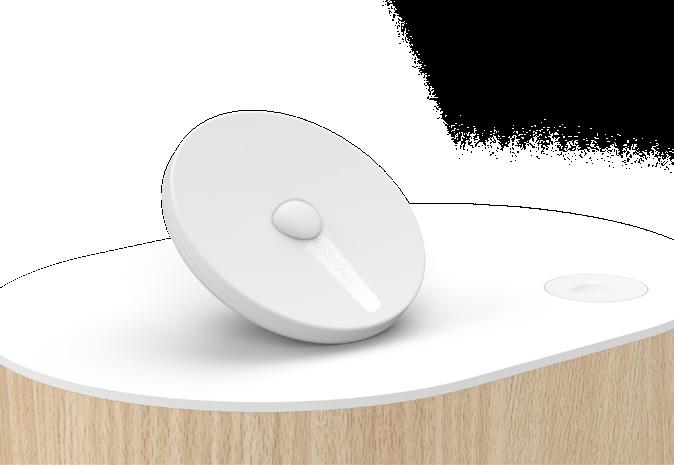
The toll is able to rotate because there is a magnet inside, which is attracted to a rotating magnet just below the top surface. That bottom magnet was fixed in a (3D printed) holder, which was screwed onto a servo motor. That whole structure was firmly attached to the surrounding structure.
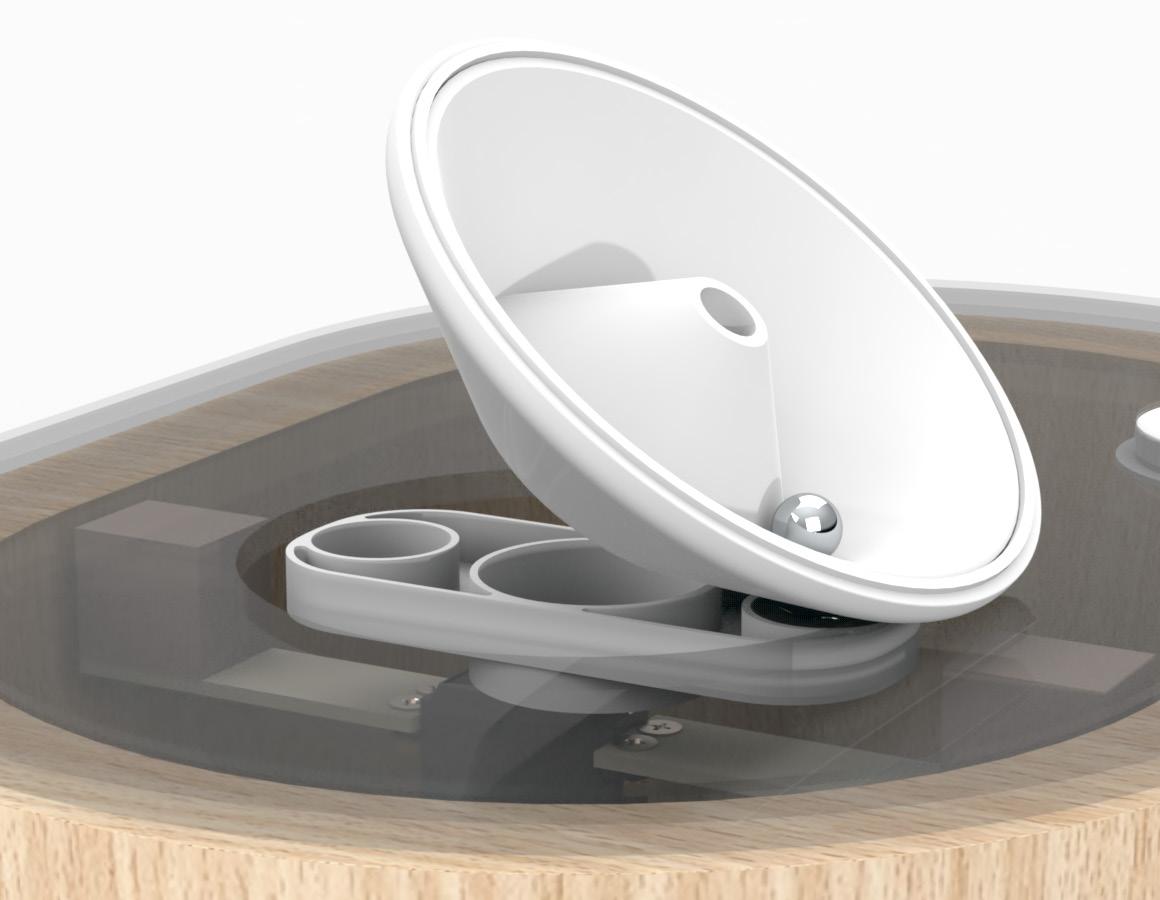
process
Foam models.
Initial tests of projections on foam scale models.
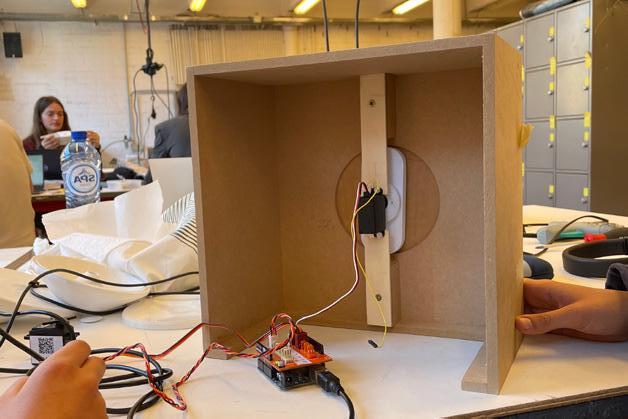
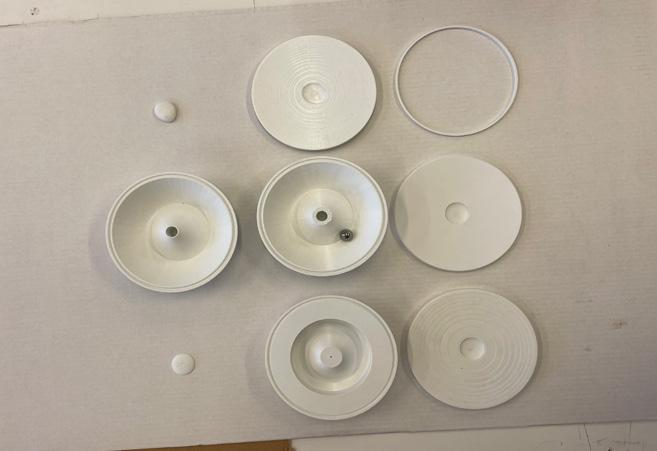
3D prints.
Multiple iterations in order to improve the shape and the performance of the toll.
First mechanism.
Arduino board with a push button and a 360° servo.
interaction design
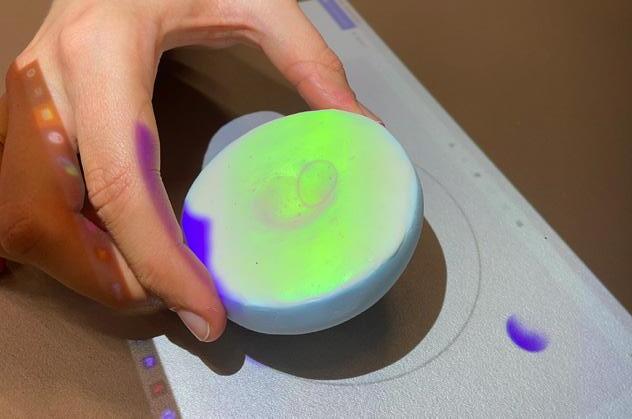
Design a tool to help reduce longterm unemployment for people with a work disability.
‘Work disability is severe physical or mental impairment that results in marked limitations, preventing an individual from gainful employment, and is expected to last long-term.’
This target group consist of people who are trying to get back to work, but are often discouraged by the system.
purpose
The tool serves as a conversation starter, enabling people with a work disability to communicate better with, for example, government employees about their struggles and the solutions that would work for them.
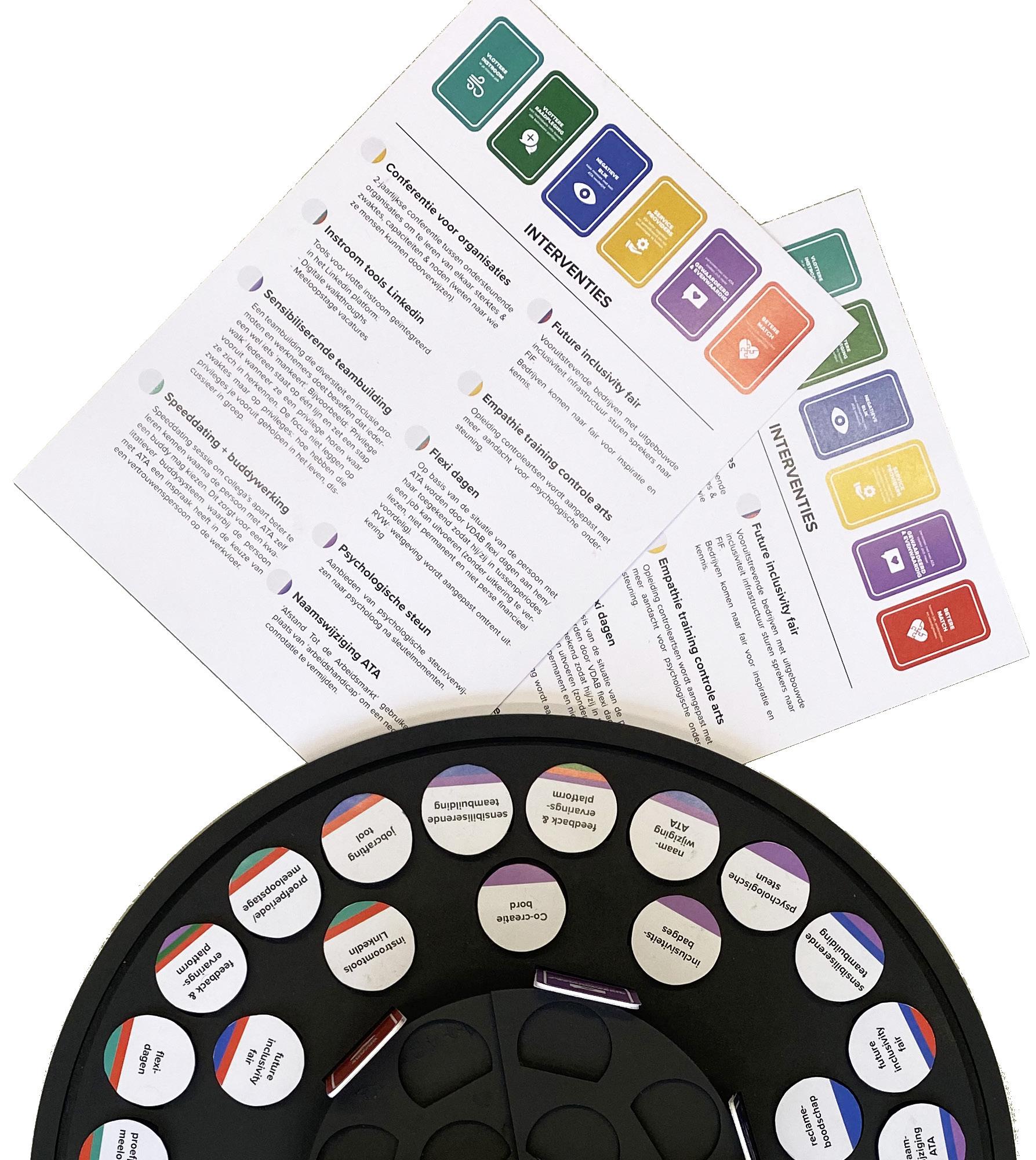
systemic design
To design fitting interventions, that can adequately respond to the needs of the target group, a systemic design methodology was used. Interviews with the stakeholders, who will ultimately be affected by the design, were conducted. This allowed us to make a causal loop-, and an outcome map.
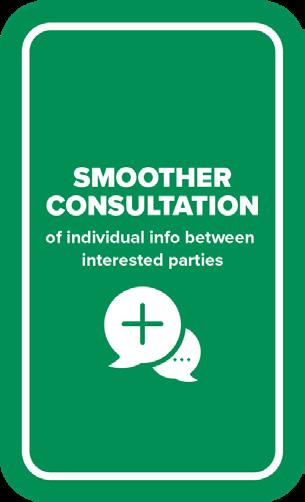
strategic outcomes tool strategic design
Highest level subgoals of the interventions, which are related to the defined leverage points.
Helping people with a distance from the labor market find sustainable jobs.
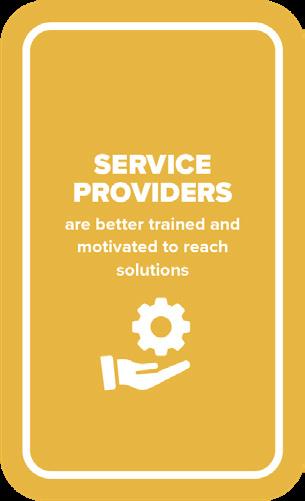
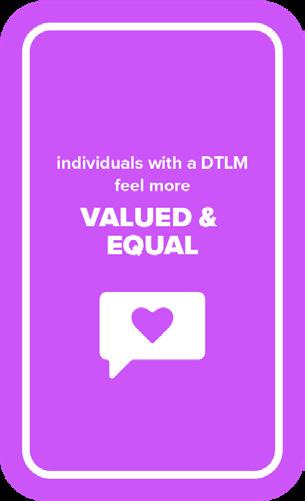
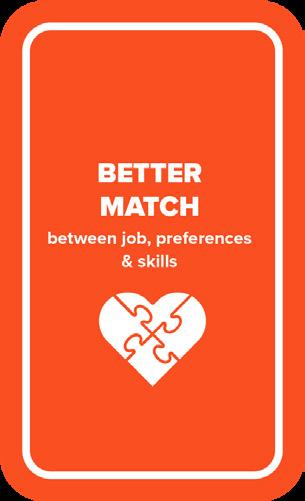
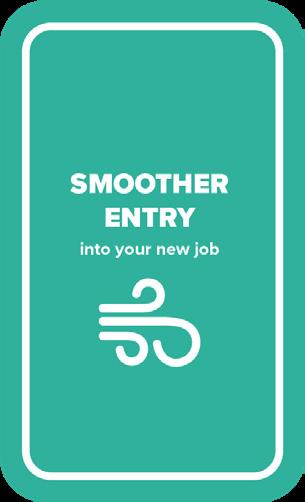
distance from the labor market DFLM
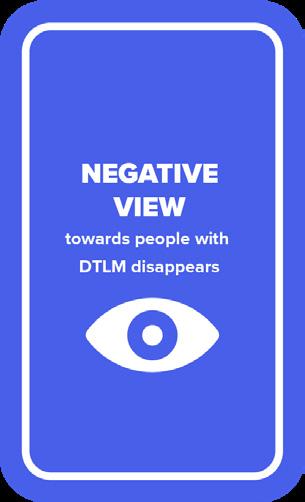
The outcome map shows how the interventions and their strategic outcomes can lead to the predefined strategic impacts, as the ultimate end goal.
a more inclusive labor market people with DTLM can easily enter the labor market less unemployement prosperous economy
ultimate strategic impacts
stigma around DTLM is reduced people with DTLM can fully utilize their skills information is centralized people with DTLM feel accepted rigidity labor market lowers employers are informed and actively engaged
enabling impacts
Impact that should be achieved through the interventions. In their turn, these impacts contribute to the ultimate impact.
interventions
For each of the strategic outcomes, a series of interventions were devised. The outcomes are depicted on the rectangular cards, the interventions on the circles.
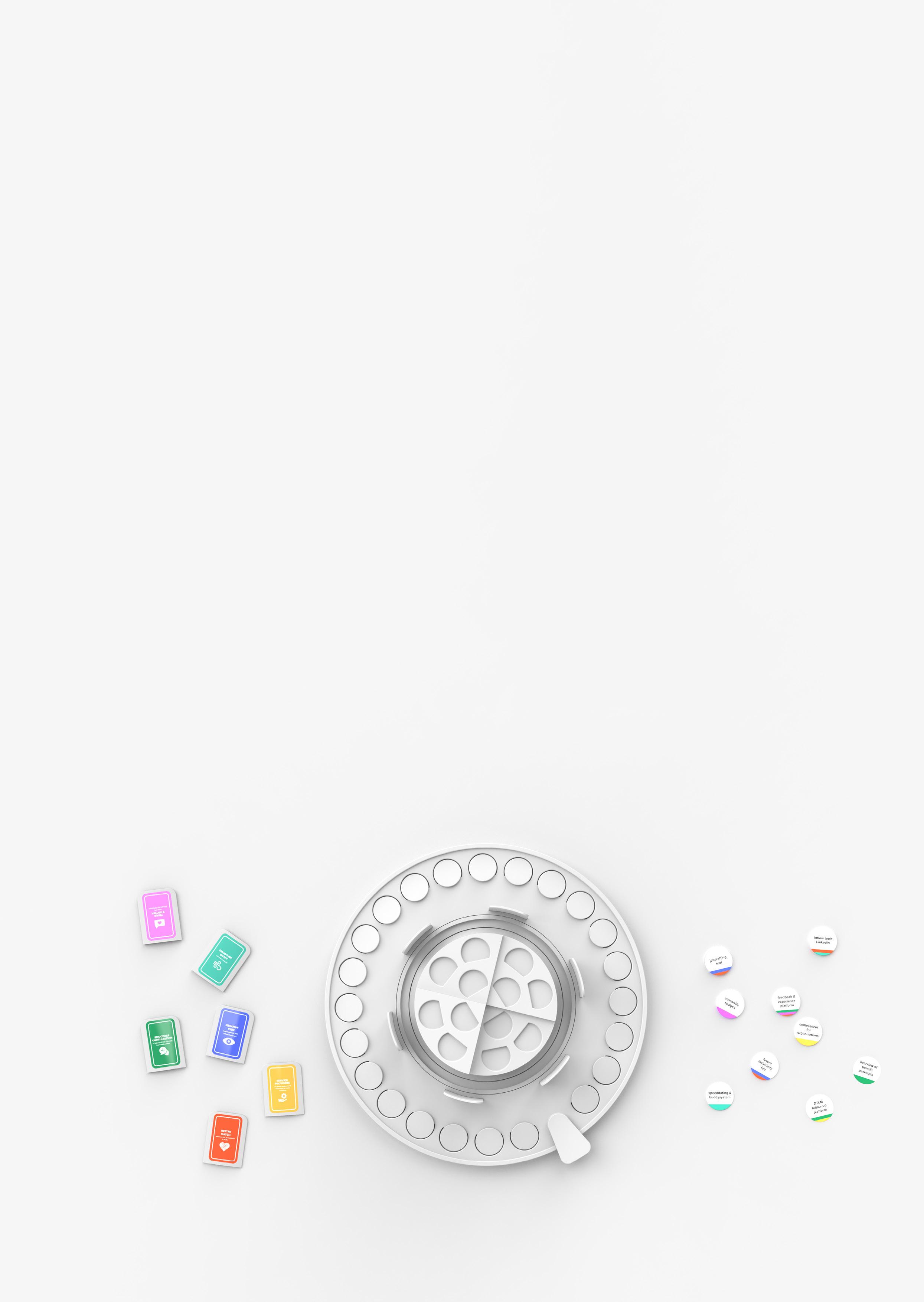
By rotating the board, one of the outcomes can be focused on. The person with the DTLM can place the interventions that appeal to them on the middle platform.
The middle platform has floors that allow the interventions to be arranged by priority.
feedback and experience platform
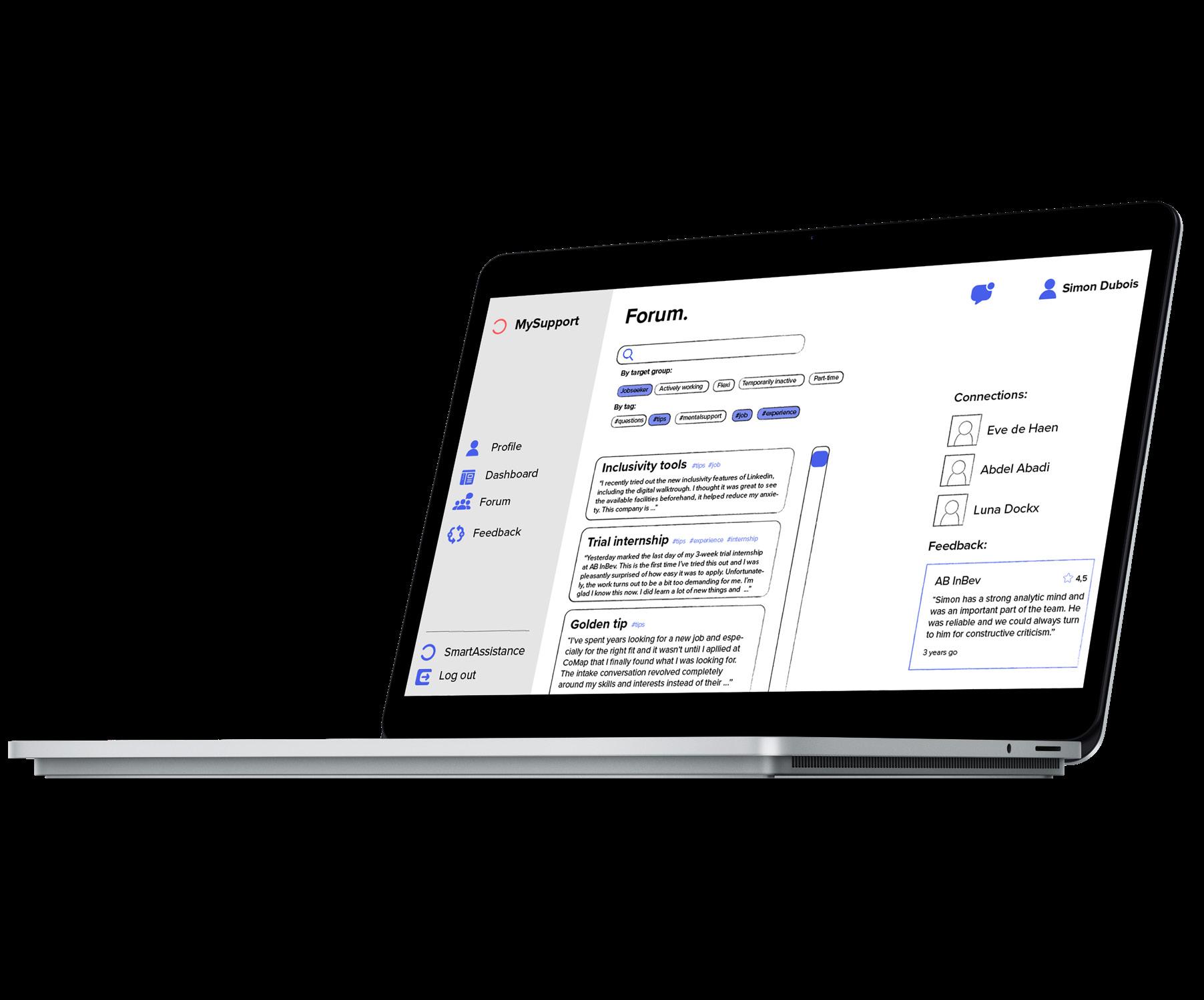
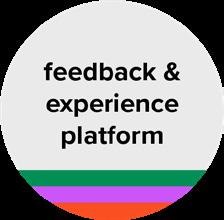
One specific intervention, was a feedback and experience platform.
The platform makes it possible to adress certain target groups, or bring up certain topics using tags. Peers can turn to each other for support and questions but can also share positive experiences and tips.
Work experience is also shared on this platform. Both employer and employee can leave feedback, which can be interesting for them as well as for future employees and employers.
digital platform for peer support
mutual feedback between employee and employer
facilitate contact between peers
food tray
For this first-year project, the task was to design a plastic food tray, using the vaccuum forming technique. These food plates would be used at festivals and large events.
The vacuum-formed dishes had to be compactly stackable and inspired by the food it contained, as well as by the way it would be eaten.
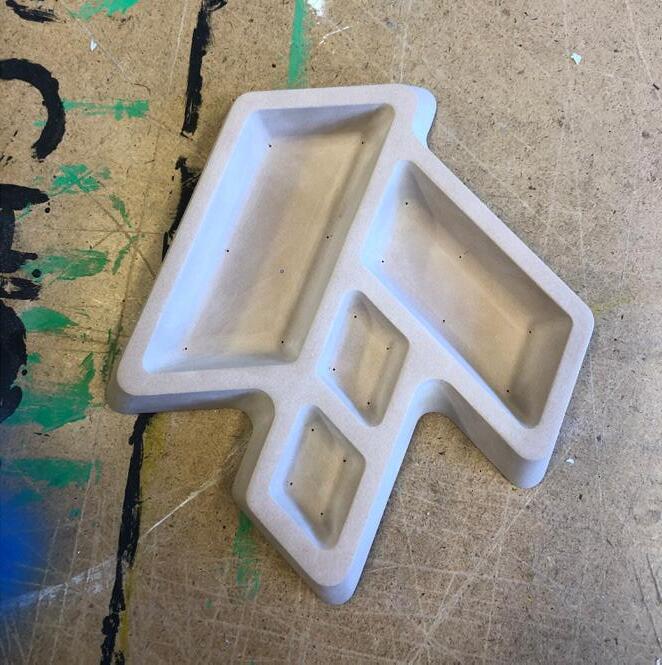
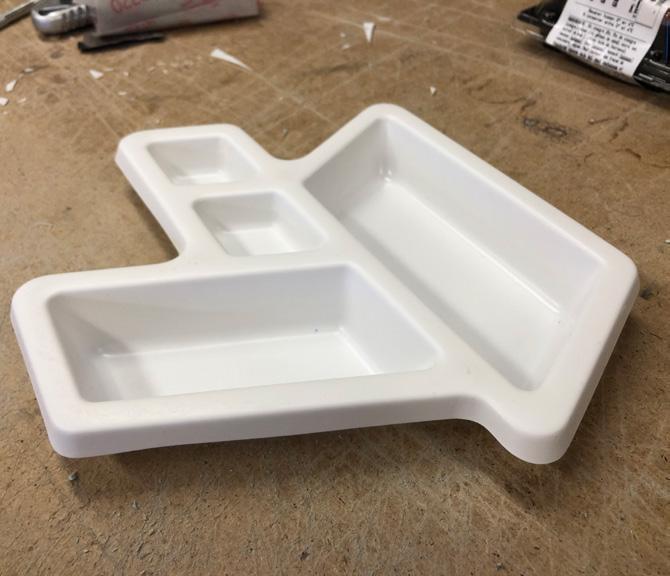
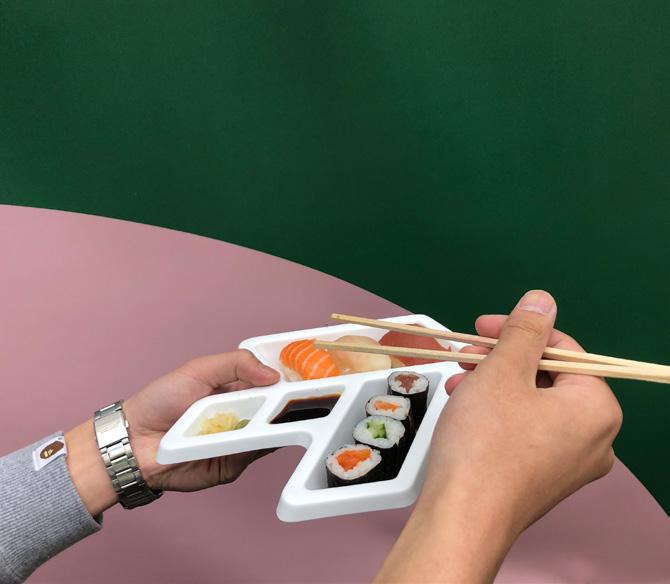
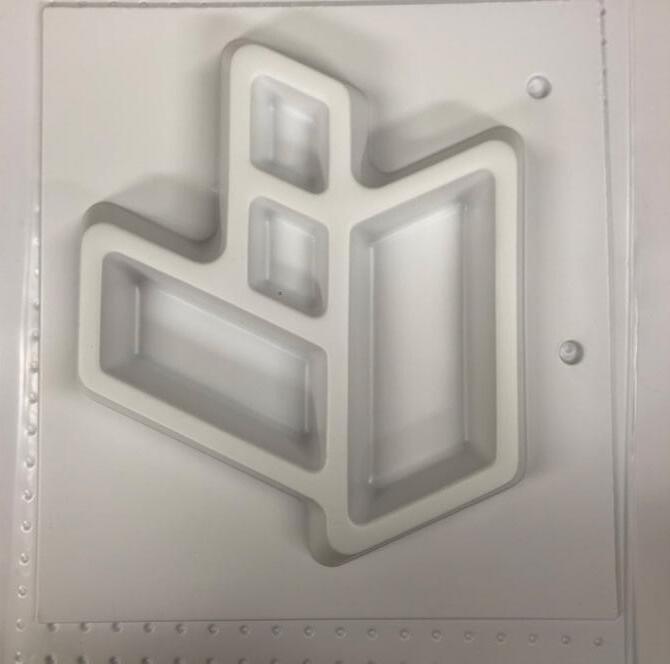
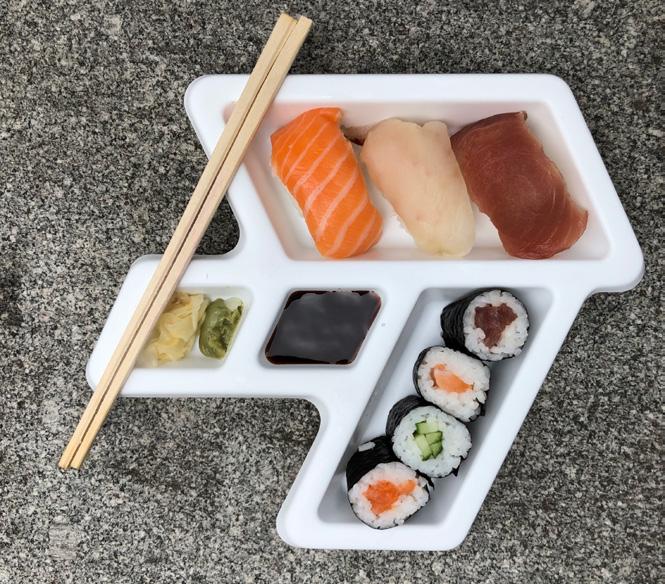
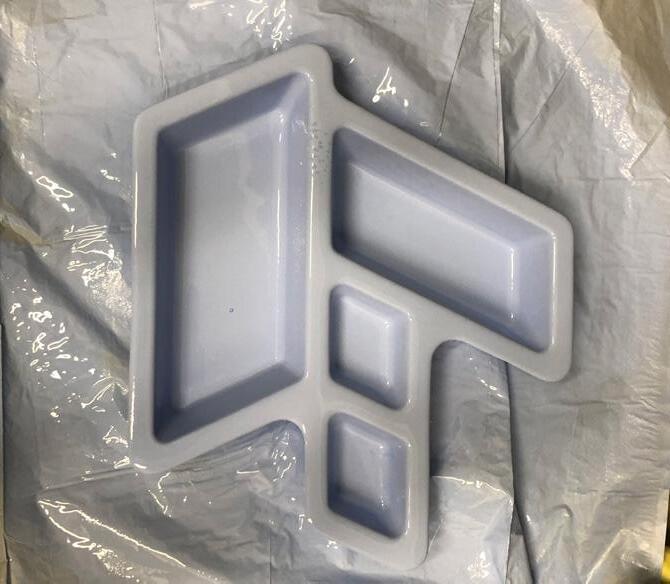 the mold milled
plastic tray after finishing
food tray
plastic tray after vacuum forming
food tray in context
the mold milled
plastic tray after finishing
food tray
plastic tray after vacuum forming
food tray in context
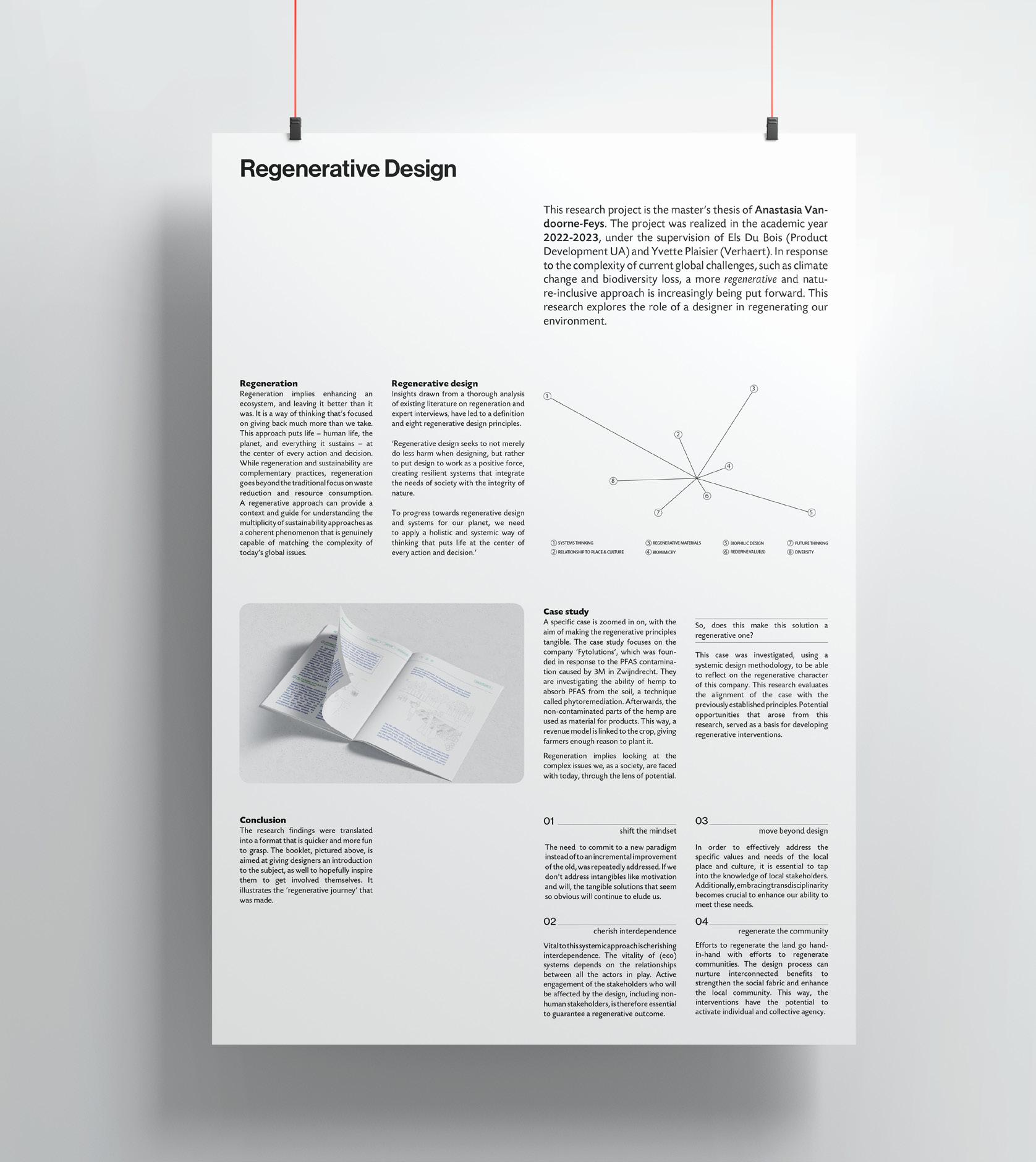
design research
As a response to the complexity of today’s global challenges, such as climate breakdown and biodiversity loss, a more regenerative approach is increasingly being put forward.
Regeneration implies enhancing an ecosystem, and leaving it better than it was. It’s an approach that puts life – human life, the planet, and everything it sustains – at the center of every action and decision.
My Master’s thesis design research is aimed at exploring what the role of a designer can be in regenerating (eco)systems. This poses a great challenge, but at the same time a unique opportunity, for designers to look for ways to encourage life to thrive.
The case chosen for this research, is the PFASsite in Zwijndrecht. During construction works in Antwerp, high concentrations of the chemical PFOS were found in the soil on the site, in early 2021.
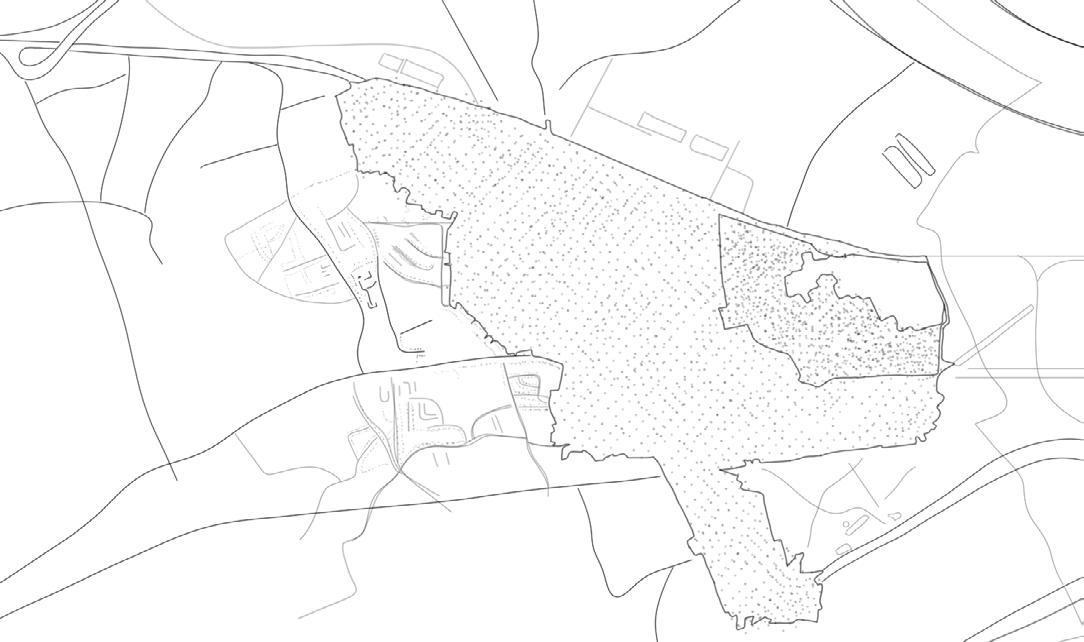
The choice of this particular case, was inspired by ‘Fytolutions’. This company is, in its own words, ‘taking responsibility for seeking and working out a sustainable and definitive solution in Zwijndrecht’.
Fytolutions is researching hemp’s ability to absorb PFAS from the soil. When plants take water and nutrients from the soil, certain plants also suck up pollutants with their roots, which they dispose of in this way. At harvest time, the pollution therefore partly ‘disappears’.
The non-contaminated parts of the hemp are used as material for products. This way, a revenue model is also linked to the crop, giving farmers enough reason to plant it.
Regeneration implies looking at the complex issues we, as a society, are faced with today, through the lens of potential.
So is this an example of a regenerative business?
The research will evaluate the alignment of the case with the established theory on regenerative desin. Potential opportunities that arise from this research will serve as a basis for developing regenerative interventions for the case.
systemic design

The research defined systems thinking and a deep understanding of place and culture as the overaching principles of regenerative design.
To satisfy those principles within my own research, a systemic design methodology was used to truly understand the dynamics within the system and define the leverage points on which to intervene.
“For every complex problem there is an answer that is clear, simple, and wrong.”
– H. L. Mencken
A total of 14 interviews were conducted with as many types of stakeholders as possible; including the director of 3M, the CEO of Fytolutions, local farmers, journalists, etc.
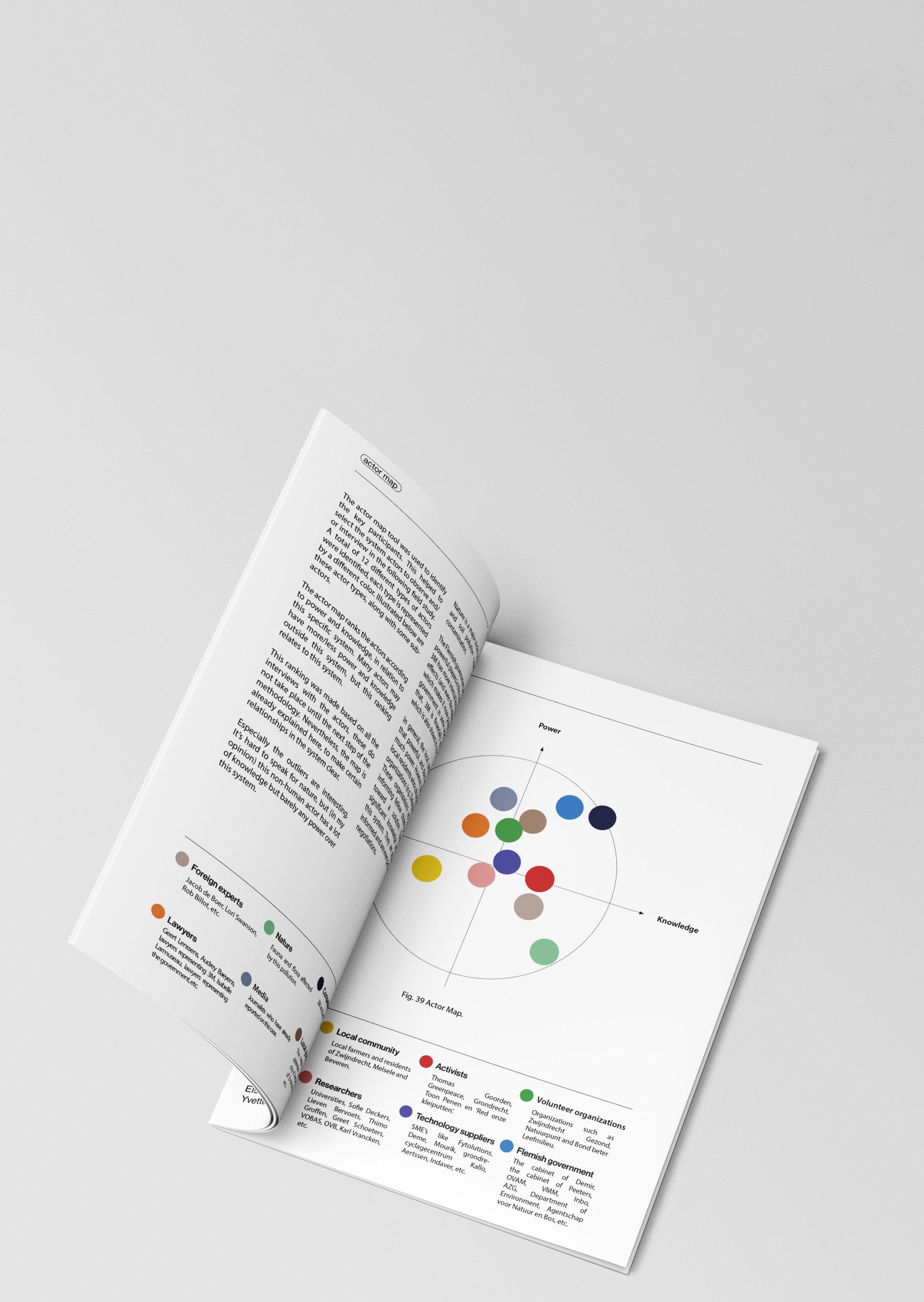
booklet.
The research findings were translated into a booklet, making the content quicker and more fun to grasp. The booklet is aimed at giving designers an introduction to regeneration, as well to hopefully inspire them to get involved themselves.
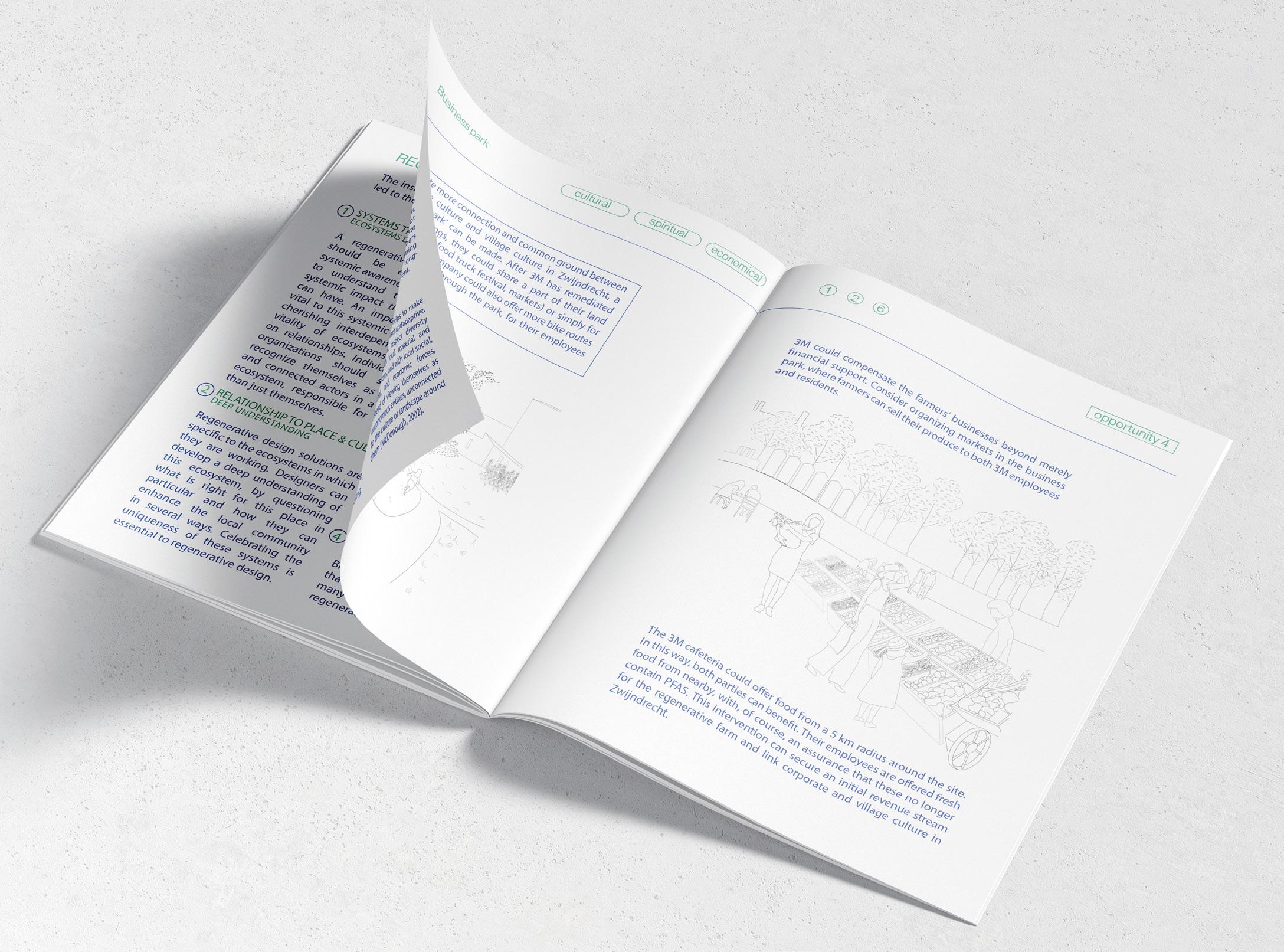
The research made clear that the question should not be how design can regenerate our environment, but rather on how design can enable regeneration. Listed below are the ways in which this can be achieved that became evident through the study.
conclusions
shift the mindset
“As designers, we can play a key role in alligning society’s short-term issues with the long-term needs of the environment.”
cherish interdependence
Commit to a new paradigm instead of to an incremental improvement of the old.
01
move beyond design
Designers should tap into knowledge of local stakeholders and foster transdisciplinary collaborations.
03
The vitality of (eco)systems depends on the relationships between all the actors in play.
02
regenerate the community
A design process can nurture interconnected benefits to strengthen the social fabric and enhance the local community.
04
